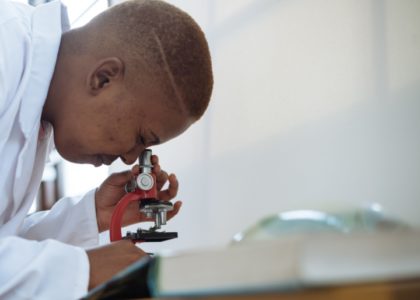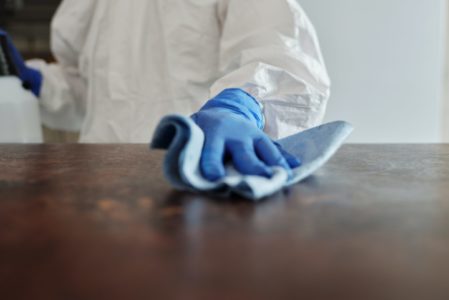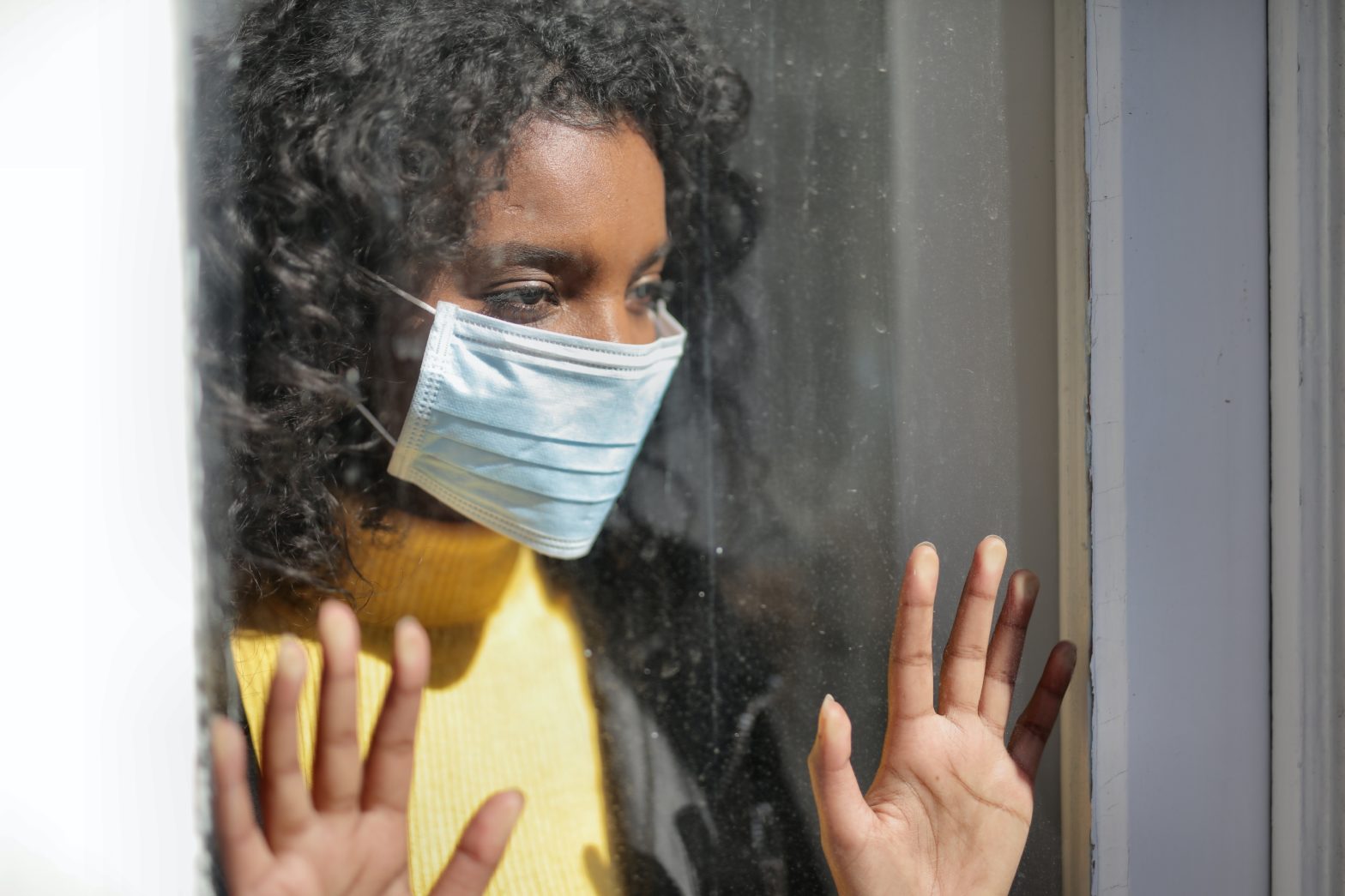Just a few weeks ago, a male patient escaped from a Jamaican hospital attempting to still vacation in the country despite having contracted monkeypox. The traveler was the Caribbean country’s first known case of the contagious virus but not the first this summer as more and more people contract the virus around the world.
According to the CDC, there are currently 1,972 known cases of monkeypox in the United States and many are questioning if that is an undercount. Not only that, former US Food and Drug Administration Commissioner Dr. Scott Gottliebtold told CNN he believes the window for controlling the viral outbreak is close quickly.
Monkeypox can be spread through skin-to-skin contact or through contaminated items like clothes and bedding. So hotel sheets may be the perfect breeding ground for infection. While the virus is typically not fatal, no one wants to catch a fever on vacation that turns into an uncontrollable itch. So here’s everything you need to know about traveling during a monkeypox outbreak this Summer.
What is Monkeypox?

A virus that was originally identified in humans during the 1970s in the Democratic Republic of the Congo, monkeypox is like the itchy step-sister of smallpox and cowpox. The infection comes in two phases, beginning with a fever, headache, and body aches that turn into a skin rash. Individuals can also develop pimple- or blister-like lesions, swollen lymph nodes, and extreme fatigue.
Monkeypox can spread both from humans and animals through close contact. You wouldn’t contract the virus walking past someone on the street. But if you get close enough to the infected lesions or come in contact with their bodily fluids or contaminated material like bedding, you could risk getting infected.
The first case of monkeypox wasn’t seen outside of Africa until 2003. However, since the start of this year, more cases have been popping up around the world. Most people tend to recover at home in quarantine if they contract the virus and symptoms can last anywhere from two to four weeks. More severe cases of monkeypox have been reported in some countries and the fatality rate is between 3 and 6 percent, according to the World Health Organization.
Although it is not a sexually transmitted disease, monkeypox lesions and rashes are showing up more often in genital and perianal areas. This is causing a lot of people to confuse the virus with an STD outbreak or infection. The CDC is also reporting men who engage in sexual activity with other men are at the highest risk for contracting monkeypox and reported Friday that eight cases of the virus had been diagnosed among people who identified as female at birth. So far, there have been no reported cases among children or teenagers.
While the smallpox vaccine is typically used to treat the virus, quantities are currently very low. However, according to CNN, the CDC is working with multiple laboratories to create more vaccines as fast as possible. Unfortunately, many health professionals are wondering if it is already too late to get a handle on the monkeypox outbreak.
The Current Outbreak

The newest data from the CDC reports there are currently 1,972 cases of monkeypox spread throughout the US as of July 18. There are over 12 thousand cases worldwide and health professionals say the number is growing. There are very few states that have not reported cases of the virus and the states with the highest numbers are Florida, New York, California, and Illinois.
Dr. Gottlieb questions if the US is making the same mistakes it made when COVID-19 first emerged and believes the country is way past being able to contain the outbreak. Missed opportunities like early testing and lack of vaccine availability are putting more individuals at risk.
“Now this is firmly embedded in the community. And while it’s not going to explode because it’s harder for this virus to spread, it’s probably going to be persistent. You’ll have this as a sort of a fact of life, maybe spreading as a sexually transmitted disease but also breaking out of those settings,” Gottlieb said.
Despite Gottlieb’s growing concern, the CDC is taking measures to get a grasp on the spread of virus, get more Americans tested, and ensure more vaccines are available for those who need it.
“It is true that we have work to do — here and internationally — and are likely to see more monkeypox cases in the near term, but it is possible to significantly decrease the number of cases and contain the current monkeypox outbreak through education and increased testing and access to vaccines — all priorities we’ve made dramatic progress on,” the agency said in a statement.
What’s Being Done?

The Center for Disease Control and Prevention is making a few moves when it comes to getting the monkeypox outbreak under control. First, the agency is working with five commercial labs to increase vaccination output from 6,000 to 80,000 per week.
The number of monkeypox vaccine doses in the US has more than tripled since last week and Dr. Anthony Fauci told CNN that he expects up to 700,000 vaccines to be delivered to American communities by the end of July. Like the COVID-19 virus, vaccinations are being encouraged as the quickest solution to the growing outbreak.
“Because you want to protect the people at risk, not only the people who might have had an exposure that they know of but also people, by the virtue of the fact that they’re in a risk situation, that they need to get vaccinated,” he noted.
In addition to increasing vaccine output, the CDC has expanded the definition of monkeypox and is working overtime to educate the community on the virus, its symptoms, and how to remain safe.
Traveling During A Monkeypox Outbreak

The CDC has classified monkeypox as an “Alert — Level 2” advisory for travelers and is encouraging everyone to take precautions to avoid contracting and spreading the virus. The advisory also stated the risk of travelers contracting monkeypox while on vacation or traveling is low but to seek medical attention if they develop an unknown skin rash or lesions.
Despite the low risk, travelers are at a higher risk of getting monkeypox if they are sexually active with another person who has the virus. So safe sex is encouraged. Remember, monkeypox isn’t an STD so you can still get infected even if you use protection due to lesions on the skin.
Being originally spread from animals, the CDC is advising travelers to avoid interacting with and consuming the meat of wild animals, especially monkeys and rodents. Additionally, practicing good hand hygiene by washing your hands regularly and using hand sanitizer can help with the spread of the virus.
One of the biggest concerns of travelers is that monkeypox can easily spread on bed sheets commonly found in hotels and vacation homes. Be sure to double-check your hotel linen for stains or other signs of puss or bodily fluids. If your anxiety is too high, you might want to consider just bringing your own bedding to sleep on instead.





